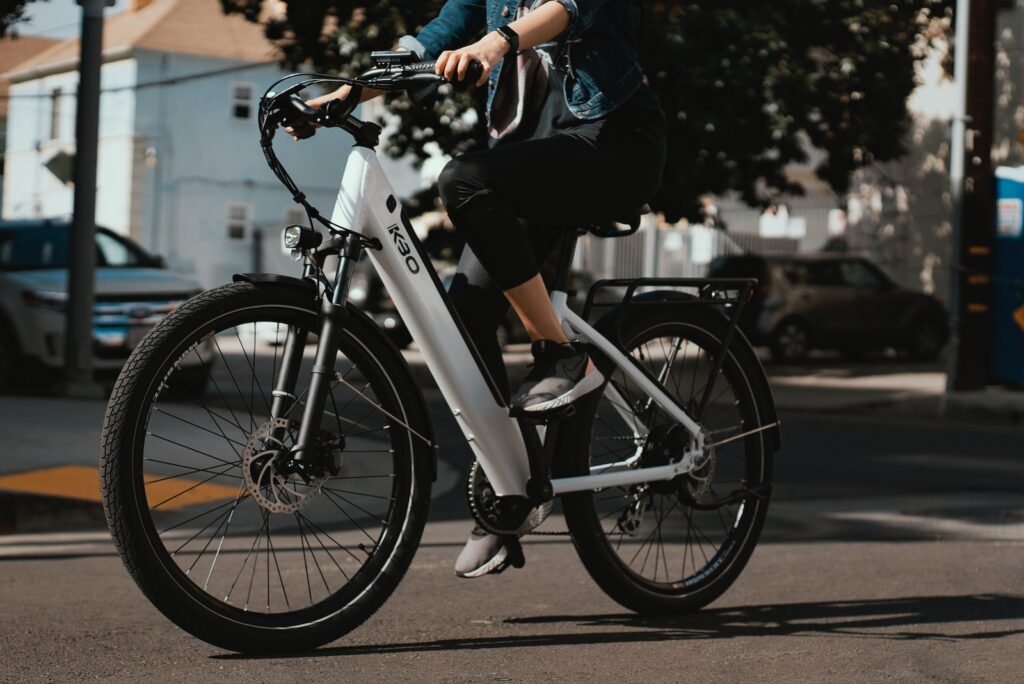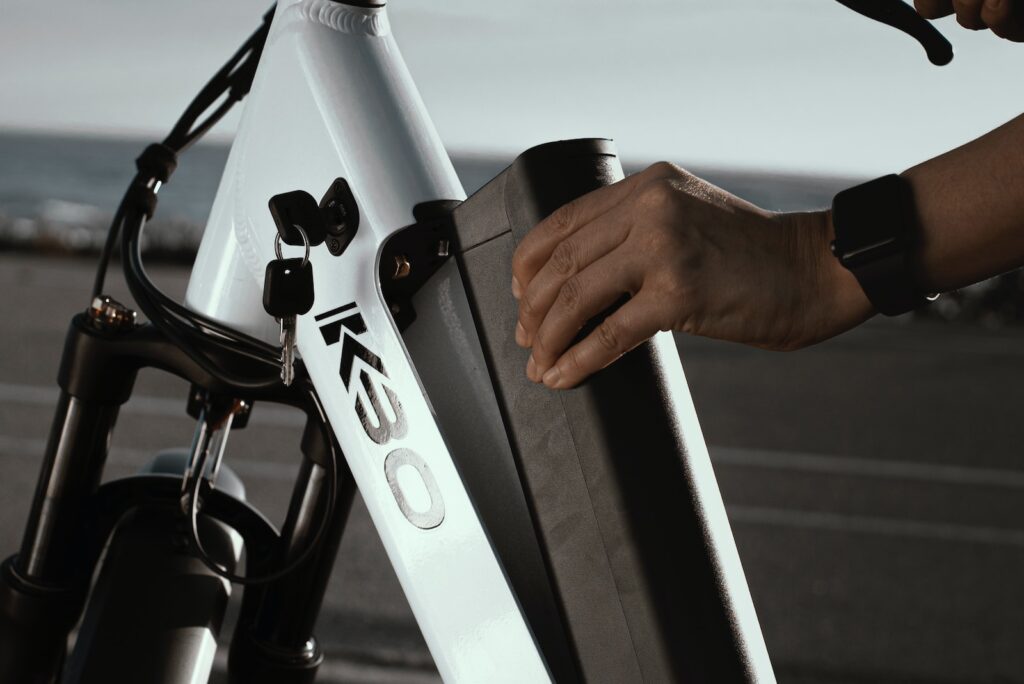E-Bikes, with their electric motor assistance, have become increasingly popular for their ease of travel. It’s easy to assume that riding an E-Bike might offer fewer cardiorespiratory benefits compared to a traditional bicycle.
After all, less effort usually means less workout, right?
However, what seems like a straightforward assumption is actually more complex and has been put to the test by a Swiss research team. Their findings challenge this common belief and offer surprising insights into the cardiorespiratory benefits of E-Bike commuting.
The Study:
In this four-week randomized pilot study, researchers focused on the impact of e-bike usage on cardiorespiratory fitness levels. They recruited 32 volunteers, specifically choosing individuals who were untrained and overweight, to mirror a typical urban commuter profile. These participants were then split into two groups: one used electrically assisted bicycles (e-bikes) while the other group used conventional bicycles for their daily commute in the urban landscape of Basel, Switzerland. This design aimed to closely examine and compare the fitness outcomes between these two popular modes of urban commuting.
The approach?
Participants were instructed to commute at least three days per week using their assigned bicycles. The study measured peak oxygen uptake (VO2 peak) before and after the intervention to assess changes in cardiorespiratory fitness.
The results?

The e-bike group experienced an average VO2peak increase of 3.6 mL/(kg·min), while the bike group saw a 2.2 mL/(kg·min) increase. Though e-bikes showed a higher improvement, the difference wasn’t statistically significant.
Why This Matters for You:
The findings of this study highlight that e-bike fitness benefits are on par with those of regular bicycles, a revelation that could significantly influence commuting choices.
Notably, e-bike users can enhance these fitness benefits by:
(1) Increasing their commuting distance
(2) Reducing the assistance provided by the e-bike’s motor
(3) Cycling more often.
This flexibility allows individuals to tailor their e-bike use to their specific fitness goals, making it a versatile option for both convenience and health improvement.
Additional Health Facts That May Interest You:
- Research indicates that e-bike users tend to ride more frequently and cover longer distances.
- A study found that 2-hour post-meal blood sugar levels decrease on E-Bike users.
- Choosing an active mode of commuting, like cycling, can contribute significantly to overall health and wellness.








